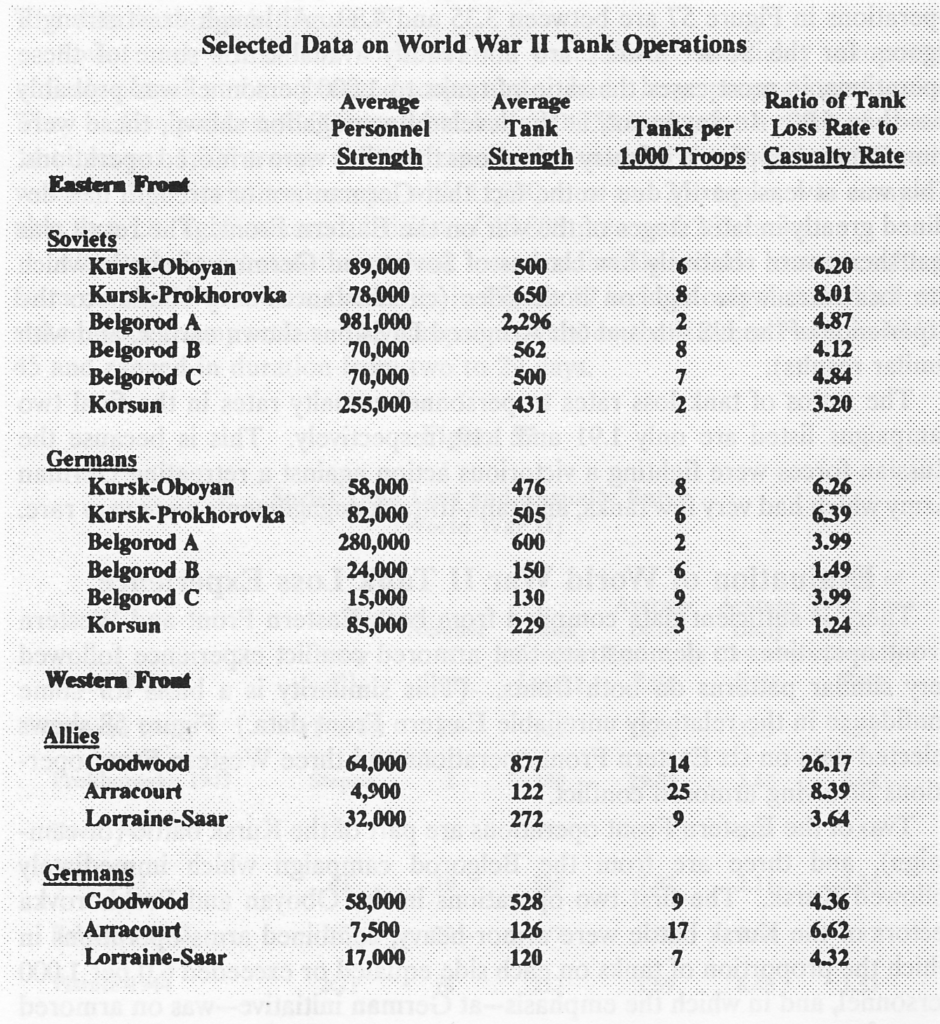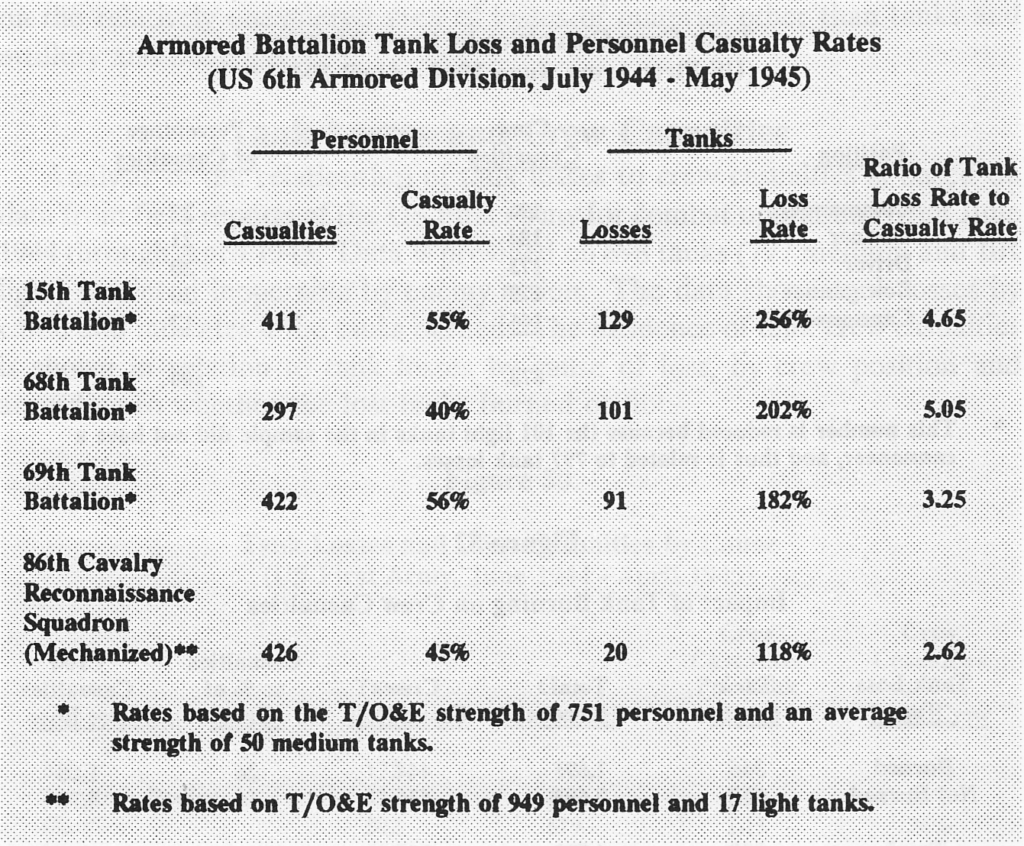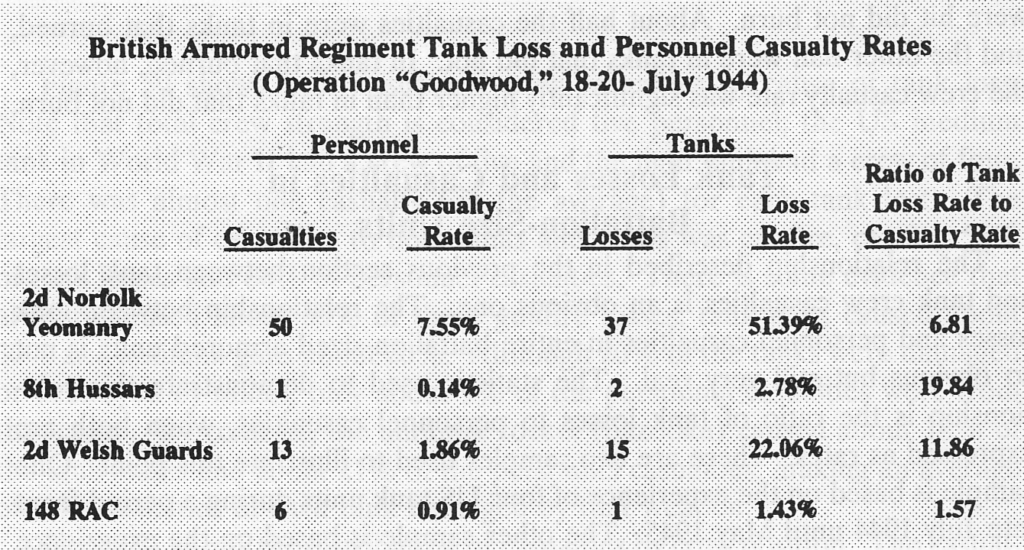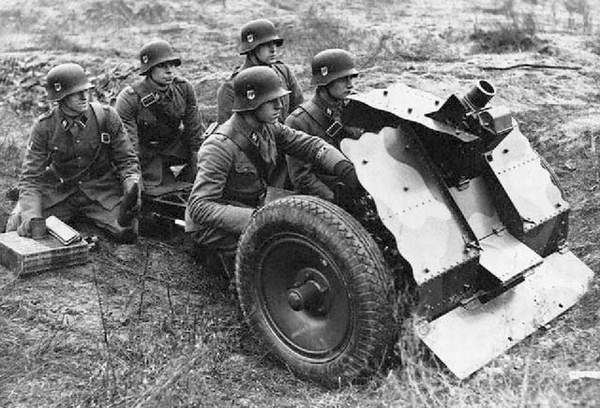
While Trevor Dupuy’s concept of combat effectiveness has been considered controversial by some, he was hardly the only one to observe that throughout history, some military forces have fought more successfully on the battlefield than others. While the sources of victory and defeat in battle remain a fertile, yet understudied topic, there is a growing literature on the topic of military effectiveness in the fields of strategic and security studies.
Anthony King, a professor in War Studies at the University of Warwick, has published an outstanding article in the most recent edition of British Journal of Military History, “Why did 51st Highland Division Fail? A case-study in command and combat effectiveness.” In it, he examined military command and combat effectiveness through the experience of the British 51st Highland Division in the 1944 Normandy Campaign. Most usefully, King developed a definition of military command that clarifies its relationship to combat effectiveness: “The function of a commander is to maximise combat power by defining achievable missions and, then, orchestrating subordinates into a cohesive whole committed to mission accomplishment.”
Defining Military Command
In order to analyze the relationship between command and combat effectiveness, King sought to “define the concept of command and to specify its relationship to management and leadership.” The construct he developed drew upon the work of Peter Drucker, an Austrian-born American business consultant and writer who is considered by many to be “the founder of modern management.” From Drucker, King distilled a definition of the function and process of military command: “command always consists of three elements: mission definition, mission management and mission motivation.”
As King explained, “When command is understood in this way, its connection to combat effectiveness begins to become clear.”
[C]ommand is an institutional solution to an organizational problem; it generates cohesion in a formation. Specifically, by uniting decision-making authority in one person and one role, a large military force is able to unite subordinate units, whose troops are not co-present with each other and who, in most cases, do not know each other. Crucially, the combat effectiveness of a formation, as a formation, is substantially dependent upon the ability of its commander to synchronise its disparate efforts in order to generate collective effects. Skillful command has a galvanising influence on a military force; by orchestrating the activities of subordinate units and motivating troops, command is able to create a level of combat power, which supervenes the capabilities of each of the parts. A well-commanded force has properties, which exceed those of its constituent units, fighting alone.
It is through the orchestration, synchronization, and motivation of effort, King concluded, that “command and combat effectiveness are immediately connected. Command fuses a formation together and increases its determination to fulfil its missions.”
Assessing the Combat Effectiveness of the 51st Division
The rest of King’s article is a detailed assessment of the combat effectiveness of the 51st Highland Division in Normandy in June and July 1944 using this military command construct. Observers at the time noted a decline in the division’s combat performance, which had been graded quite highly in North Africa and Sicily. The one obvious difference was the replacement of Major General Douglas Wimberley with Major General Charles Bullen-Smith in August 1943. After concluding that the 51st Division was no longer battleworthy, the commander of the British 21st Army Group, General Bernard Montgomery personally relieved Bullen-Smith in late July 1944.
In reviewing Bullen-Smith’s performance, King concluded that
Although a number of factors contributed to the struggles of the Highland Division in Normandy, there is little doubt that the shortcomings of its commander, Major General Charles Bullen-Smith, were the critical factor. Charles Bullen-Smith failed to fulfill the three essential functions required of a commander… Bullen-Smith’s inadequacies are highly suggestive of a direct relationship between command and combat effectiveness; they demonstrate how command can augment or undermine combat performance.
King’s approach to military studies once again demonstrates the relevance of multi-disciplinary analysis based on solid historical research. His military command model should prove to be a very useful tool for analyzing the elements of combat effectiveness and assessing combat power. Along with Dr. Jonathan Fennell’s work on measuring morale, among others, it appears that good progress is being made on the study of human factors in combat and military operations, at least in the British academic community (even if Tom Ricks thinks otherwise).



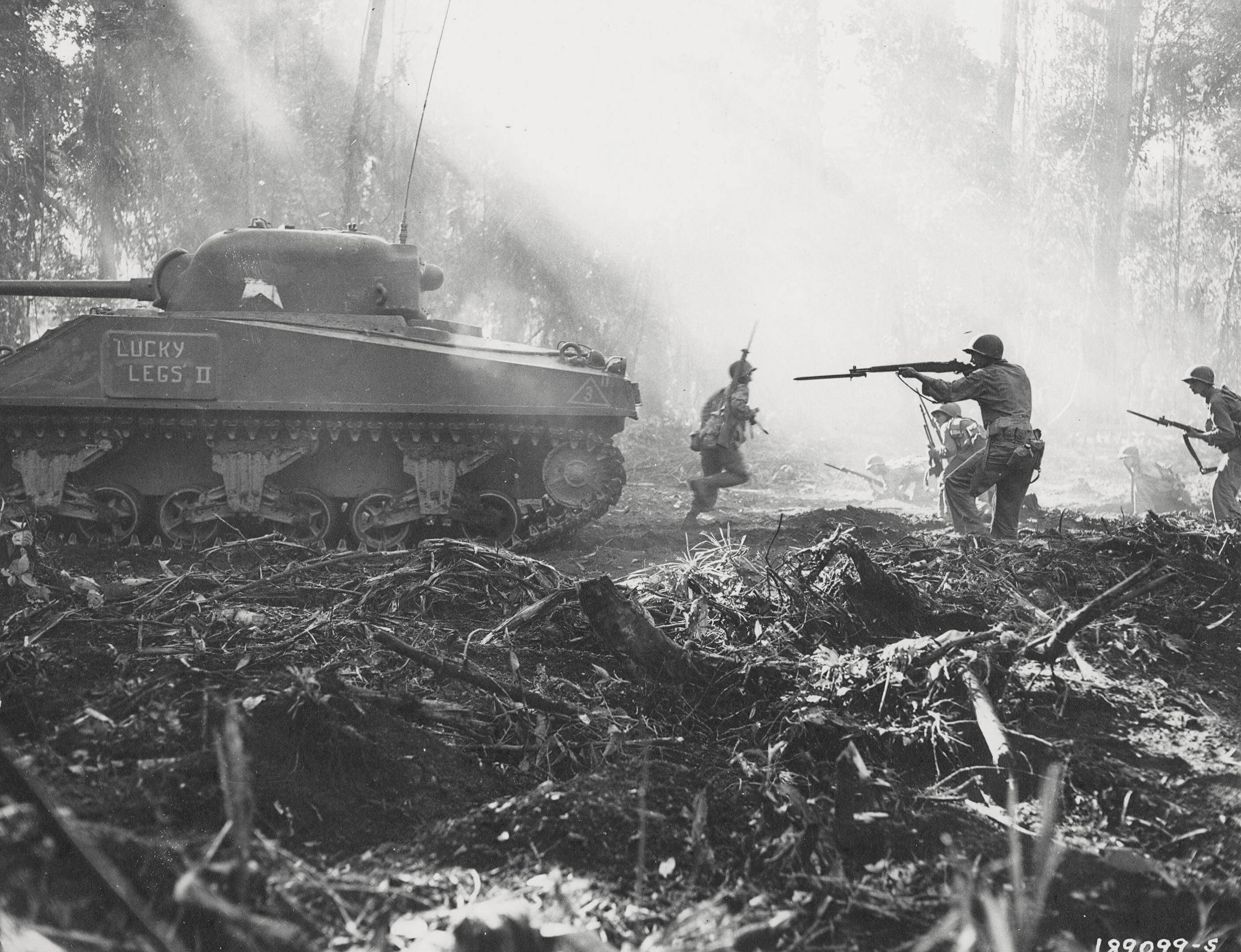

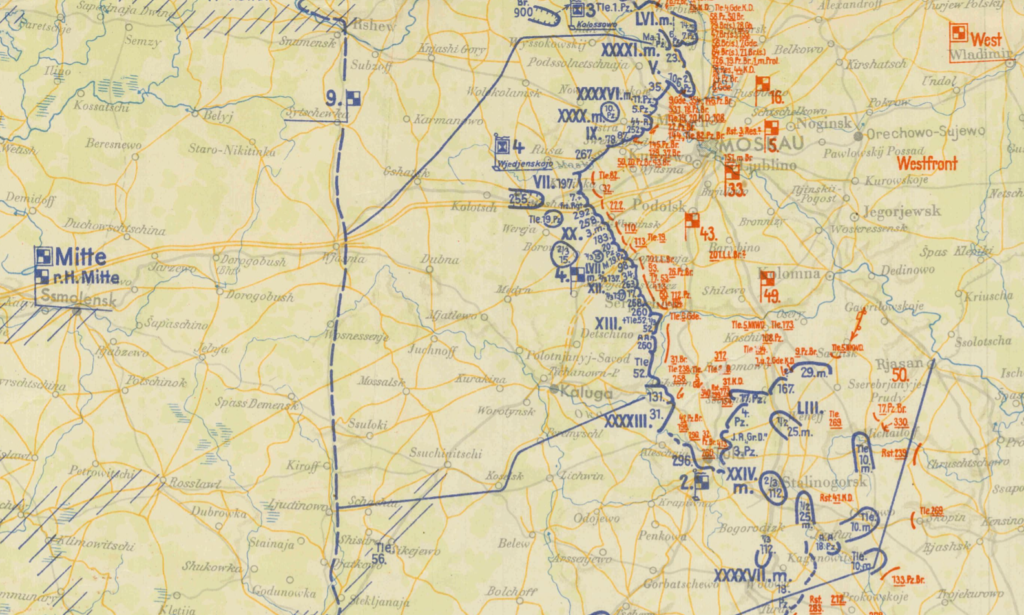
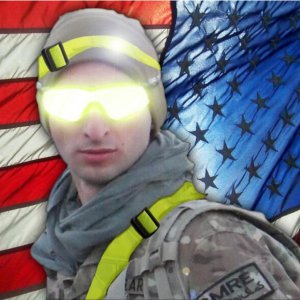

![[BBC]](https://dupuyinstitute.dreamhosters.com/wp-content/uploads/2016/11/British-Shipwrecks-Map.png)
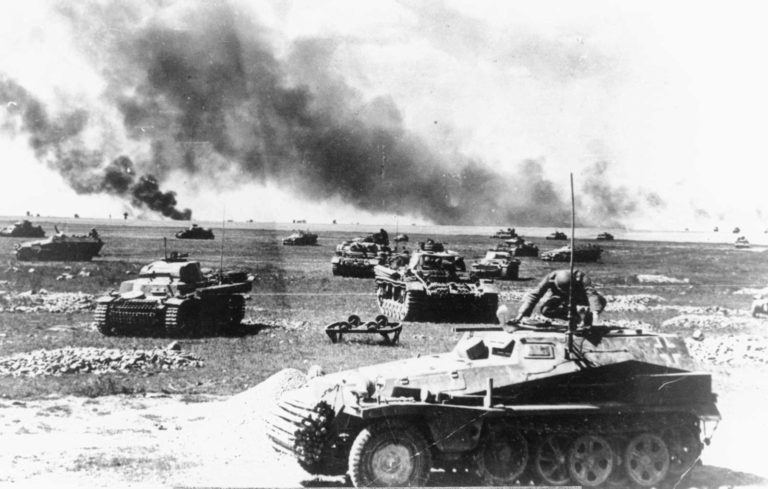
 As the U.S. Army and the national security community seek a sense of
As the U.S. Army and the national security community seek a sense of 